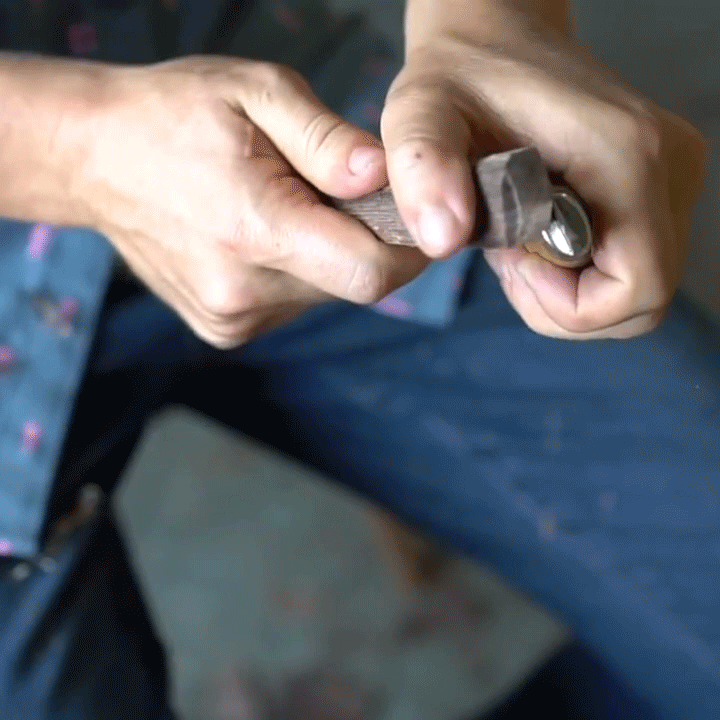How To: Using a Carving Knife
A lot of folks ask me where to start when it comes to woodworking, and the best advice I can give them is to learn to carve spoons. Spoon carving doesn’t require a full woodshop or a bunch of expensive tools, or even expensive wood, you can do most anything with a hatchet and knife, and the best spoon wood is the kind that shows up for free in the form of fallen branches in your back yard after a wind storm, or, if you don’t have a back yard, a lot of city arborists will let you come get a branch or two when they trim or take down trees, because they have to pay to dispose of it all anyway.
The best woods to carve are nut and fruit woods, but anything “green” or freshly cut, with a lot of moisture still in it, will carve pretty well, even hard, porous woods like Oak.
As far as what tools to get- I recommend folks start with this $25 knife and a piece of green wood (freshly cut). We have practice carving blanks available in the farm store. The best way to find affordable hatchets os to keep your eyes peeled at garage sales, where I’ve been known to pick up some really fantastic examples for $5-15. If you have the money, this is my favorite newly produced carving hatchet.
Power Cut:
With the knife tip pointed up towards your face, and the wrist locked, arm straight, cut straight down from the shoulder, in a “shrugging” motion.
Position your body so you are cutting off to the side of your legs, and keep all body parts free of the blade.
This is your most powerful cut, and is used to remove the bulk of the material from the blank.
Chest Lever Grip:
Using your lat muscles, with the bevel of the knife pointed away from the body, rotate your wrists against the body, getting leverage from that motion.
Pull both the wood and the knife away from each other, and this is another great way to remove a significant amount of material.
Thumb Lever:
This basically works like a pair of scissors.
Putting your opposite thumb on the hilt (the part where the handle and blade meet) of the knife, and rotate outward.
This is a great detail cut for removing small bits of material in tricky areas, like the transition points where the wood grain changes.
Pull Cut:
This is the cut grandpa told you never to do, but when executed properly, is actually one of the safest, most controlled cuts you can make.
Resting the wood against your chest, engage the knife down as close to the hilt as possible. Tuck and lock your elbows against your body so your range of motion is only as long as the blank you’re carving.
Engage the blade and pull it towards yourself, being extremely cautious not to slip towards the tip of the knife, keep it near the hilt while the blade is engaged in the wood. If you need a little extra power or control, use a few fingers from your other hand to push your knife hand.
Potato Peeler:
The bevel of the knife is pointed inward toward the meat of the hand.
The knife is gripped within the four fingers of your hand so that opening and closing your hand creates about 1-2” of movement in the knife.
Carve at the hilt of the knife, and hook the thumb of the knife hand over the back of the blank. Just like you’d peel a potato or an apple, pull the knife into the wood using your fingers, while simultaneously pushing the wood away with the thumb.
Be mindful where your skin is at all times, but if you’re only using your finger movement to move the knife, and no wrist or arm movement, your flesh should have no reason to come into contact with the blade. This is a great way to trim or further detail the end grain of your spoon.
Using these knife cuts, you can safely and efficiently carve just about any spoon shape your heart can imagine. When it comes to carving out the curved center of a bowl, we use a hook knife or a bent carving gouge (chisel), more on that later!







